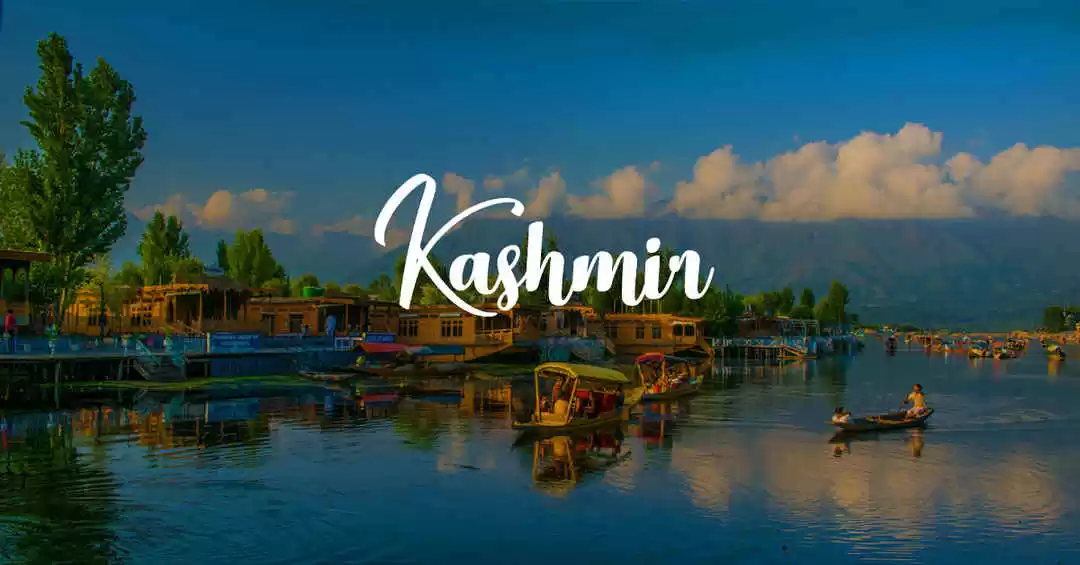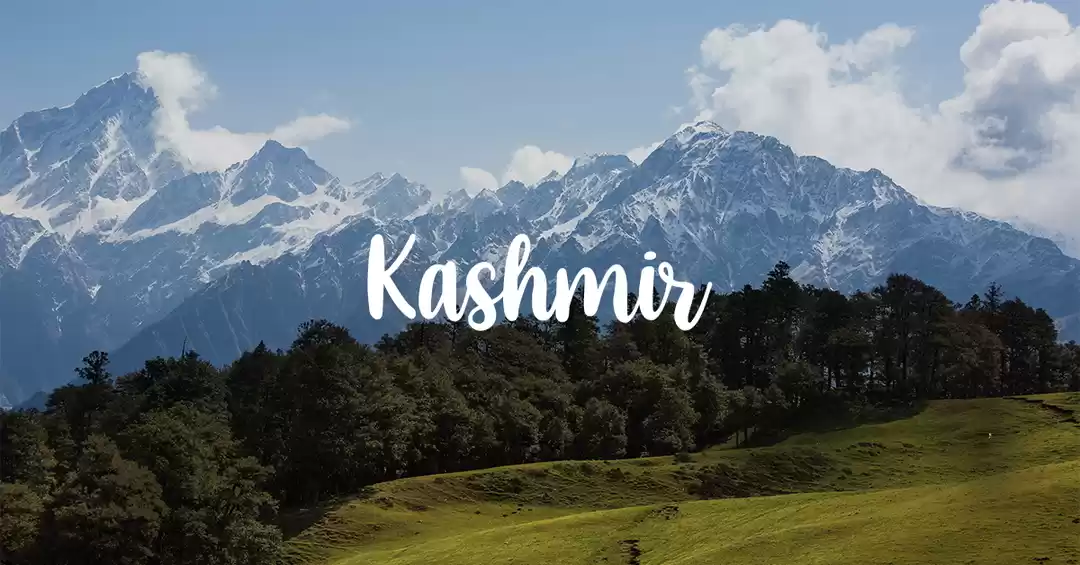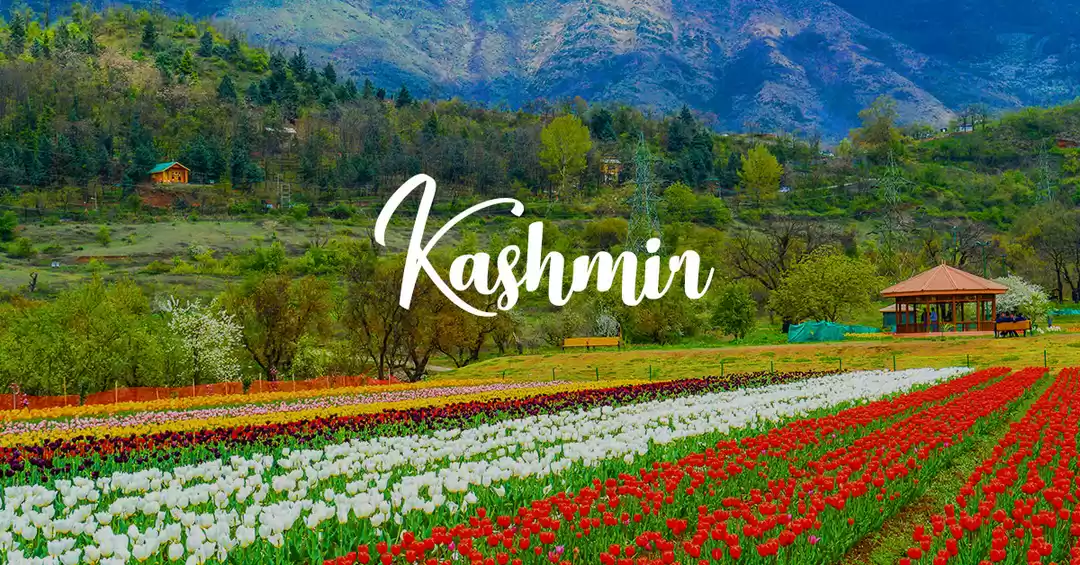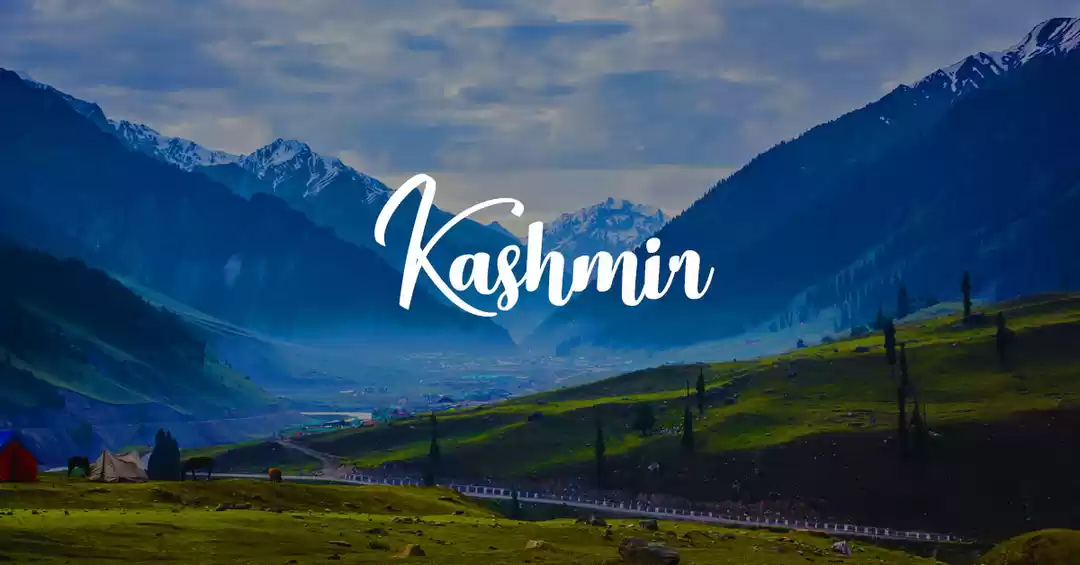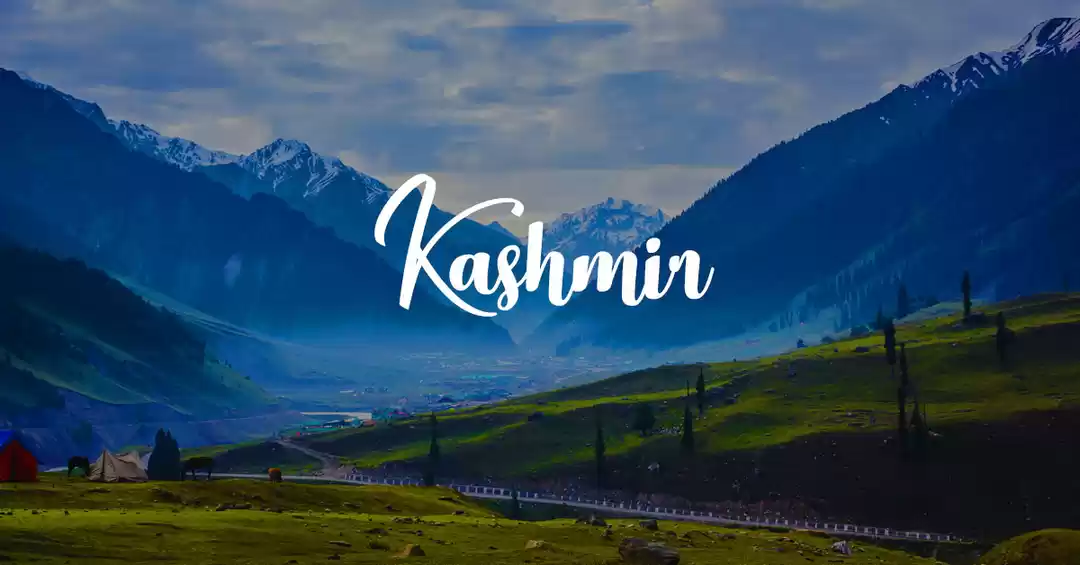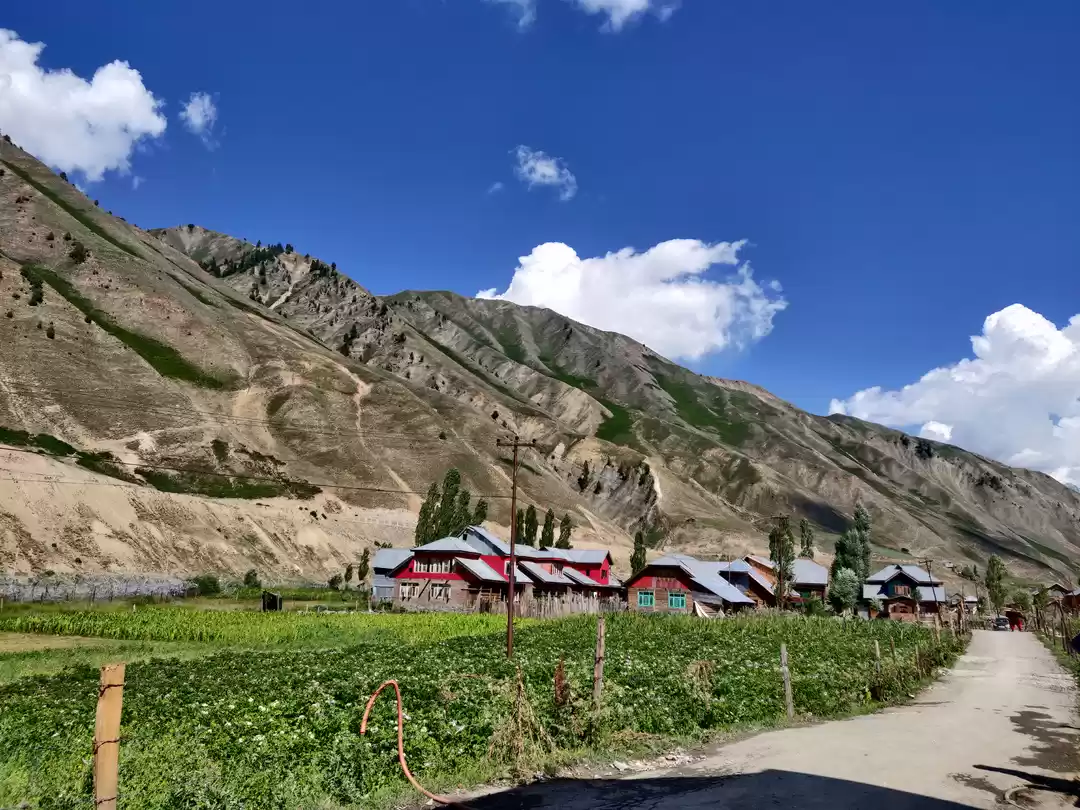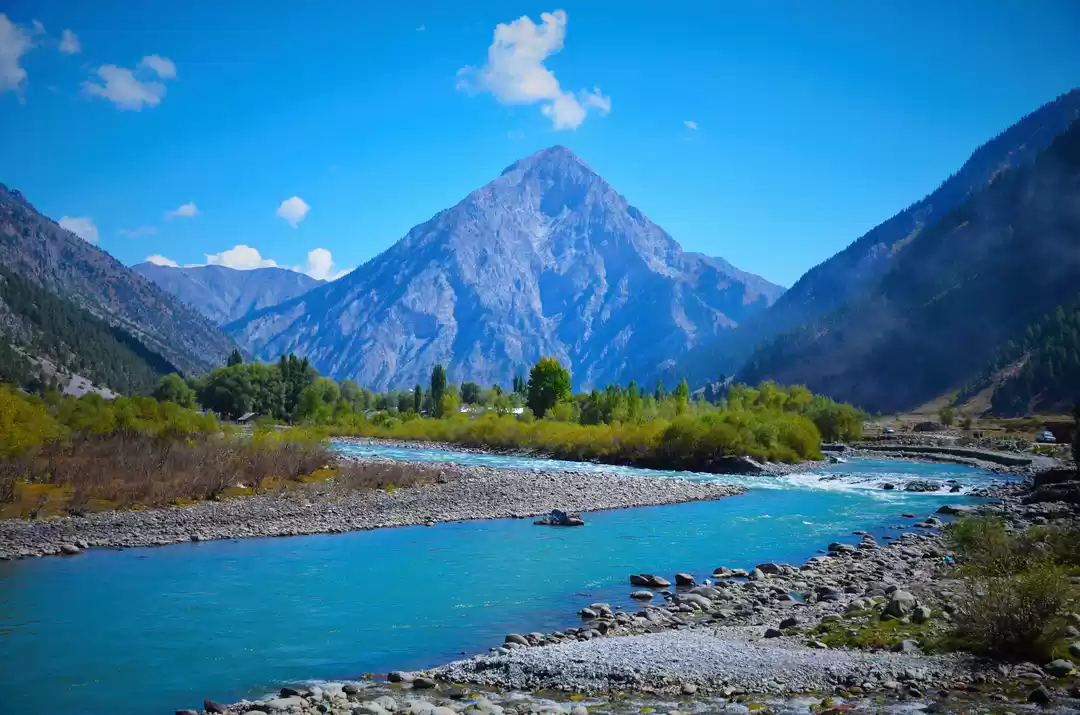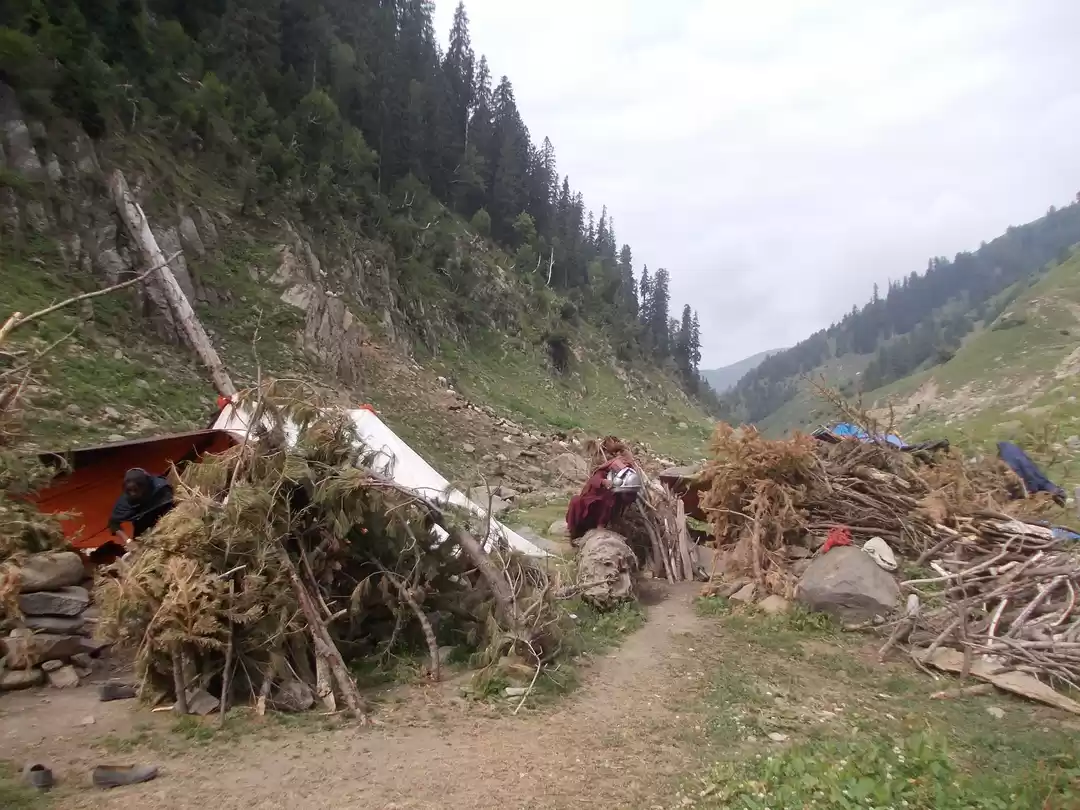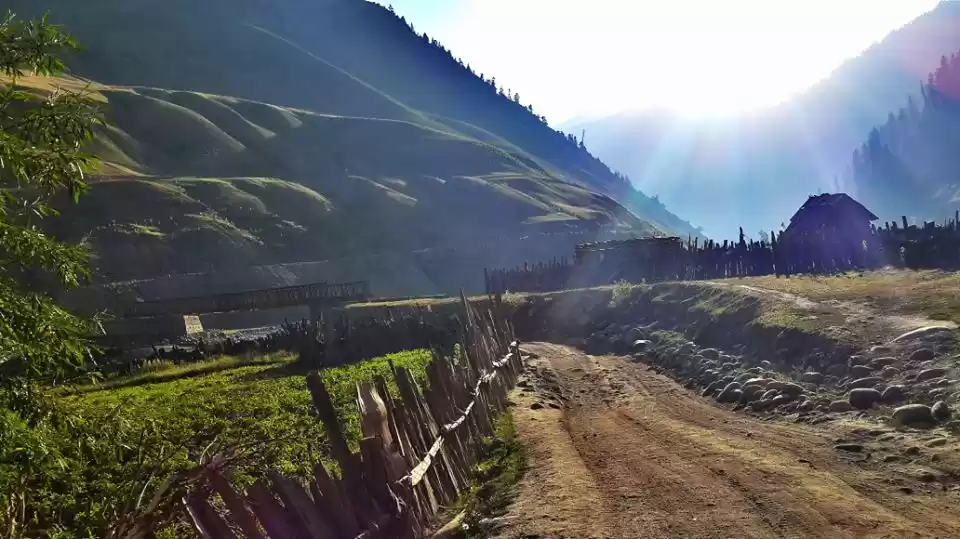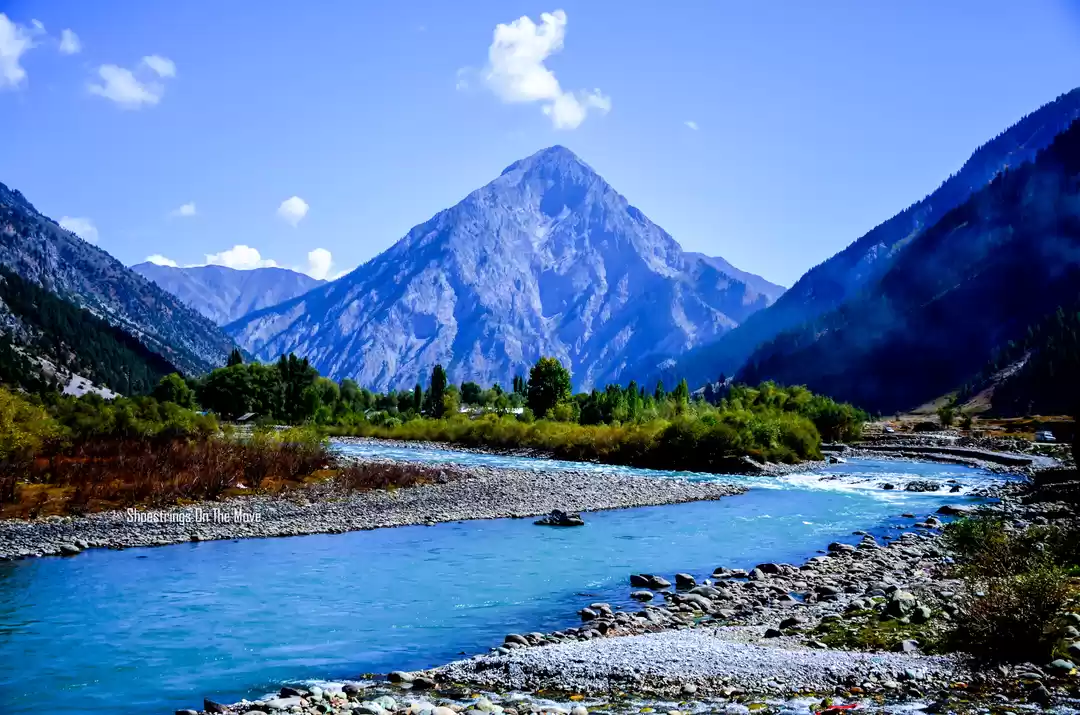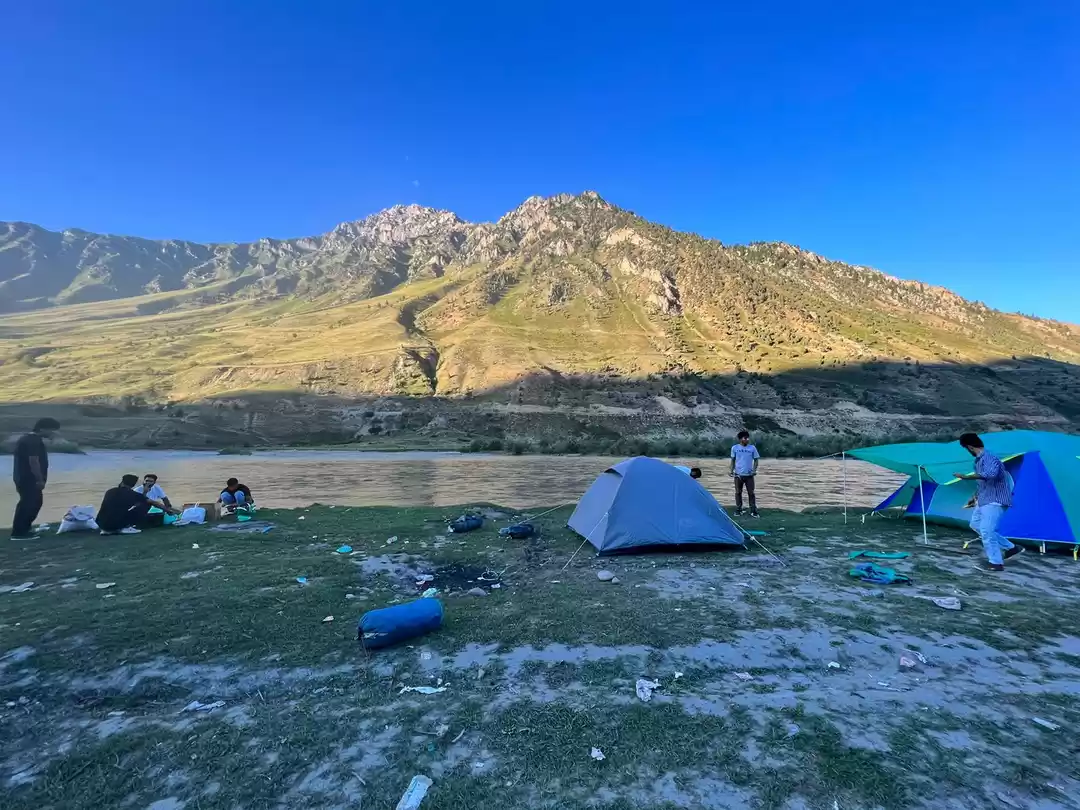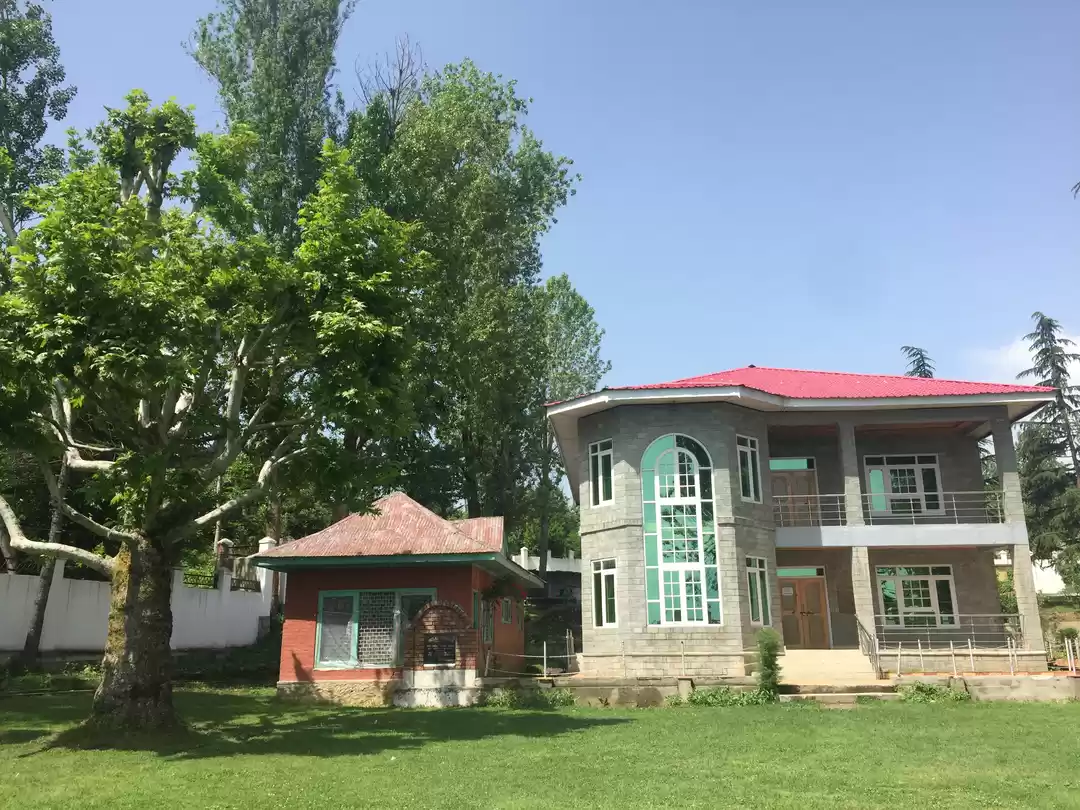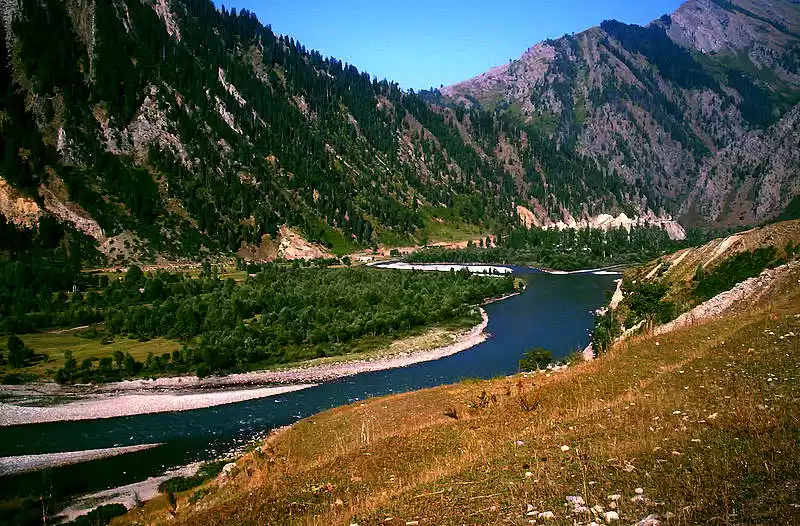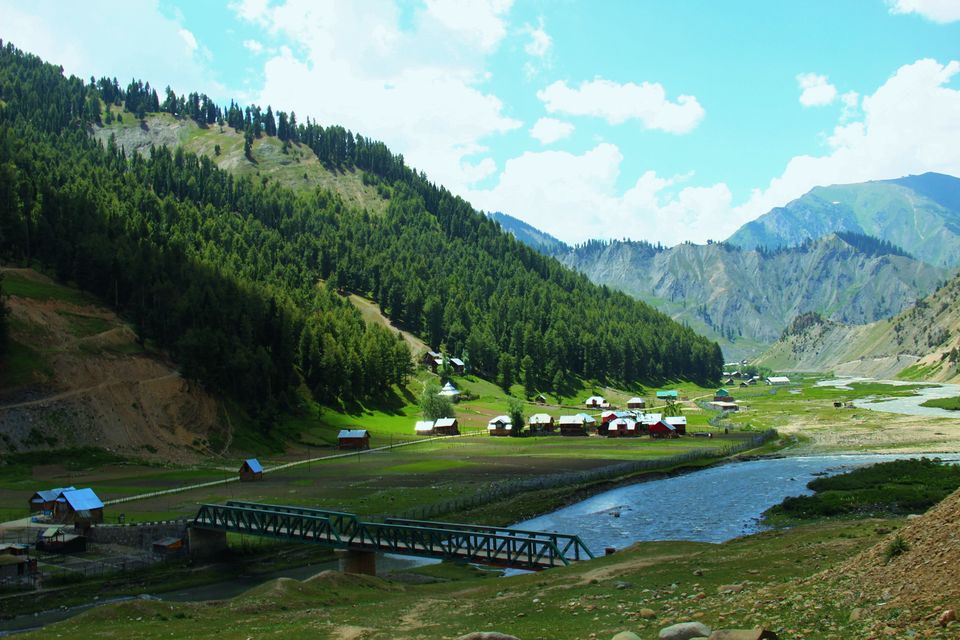
The cab shook violently, conjuring up a cloud of dust with each movement on the crater filled road. The driver, Mr Bilal continued along the road like it was no big deal, a characteristic I’ve only encountered in the weather-hardened people of the mountains. This commute was fairly routine for the ten other occupants of the shared cab, who were either sleeping or tch-tching about the lack of good roads, while my city-dweller friend and I craned our necks in an effort to capture every second of the quaint lakes, green valleys and tall pine trees along either side of the road.

We were on the arduous journey to Gurez, a valley tucked deep in the Bandipore district of J&K, the turquoise blue waters of the Kishenganga river bisecting it between India and Pakistan. The inhabitants of the valley belong to the Shina-speaking Dard tribe, a mountainous people who have spent centuries in the Himalayas; a larger section of the tribe now living in the Gilgit-Baltistan region of Pakistan. The isolation has been a boon, which has preserved the cultural heritage of the place.

After eight eventful long hours, peppered with sudden rain, and then hailstones as we climbed higher, the road gradually leveled out to expansive fields, meadows and mountains as far as the eye could see. A solitary Pakistani bunker atop a mountain nearby made us acutely aware of the proximity of the place from the border, which was more or less seamless at this place. Mr Ghulam Gurezi, a fellow passenger pointed to the bunker enthusiastically and told us that being a relatively peaceful border, the last incident of shelling along this area had been back in 2011.

People were going about with business as usual, either working on their fields or returning home for the evening, some having adapted to the traditional phiran worn by ethnic Kashmiris. We reached the Govt Tourist Bungalow, which is the only accommodation for tourists in the whole of the region. The bungalow, like much of the newer constructions in Dawar, had concrete exteriors and wooden interiors, topped with trademark red or green roofs. It was the month of June, and yet the wind was chilly, prompting us to put on a layer or two. The Kishenganga river flowed just across the road, and we spent the evening sitting by the banks by ourselves till dusk.


Dinner was served at a hotel across the street, and being the first day of Ramzan, my friend was lucky enough to be able to feast on the sumptuous local meat preparations of rista, gushtaba and rogan josh, while I enjoyed the melt-in-the-mouth goodness of a locally grown potato preparation. It was a happy departure from the dhaba-sprewn places serving all kinds of cuisine, from Punjabi to Italian, which generally assaults one’s senses.

Having enjoyed a blissful night’s sleep in the cozy comforts of our room, we stepped out for a walk in the morning. Local shepherds were taking their flock of cattle to the hill slopes for the day, creating a traffic jam that we were unaccustomed to. Being the only tourists in the whole of the valley at the time, we attracted some attention from the villagers, who would return our smiles with shy glances of their own. The road ran adjacent to the river at all times, sometimes with a bridge cutting across the landscape. We strolled aimlessly towards the Habbat Khatoon peak, named after the 16th century Kashmiri poetess who was known to roam the vicinity in search of her lover.


A leisurely afternoon was spent basking in the sunlight along the hill slopes behind the guest house, after which we headed towards the village of Chorwan. We were walking along the narrow village roads, when it started raining suddenly. Other villagers entered a house nearby, and the owner insisted we rest at their place too. Theirs was the last house before the border, a mere 15 minute walk from the first Pakistani village on the other side; a modest abode with the entire family living in a single elevated room, along with a shed for cattle. Talking to them over chai and roti (we ate, while they observed Roza), we realized that it's a difficult life for them, cut off from the rest of the world for over six months every year due to heavy snowfall. They stock up for these months during the other six months, including food for their cattle. But one look from their window would put most of our sea-facing and valley-facing apartments to shame, and the contentment and happiness on their faces is something most of us can only dream of having.



The following day, we decided to venture deeper into the adjoining Tuleil valley, and visited the fairytale village of Sheikhpora. Mustafa, a young local boy led us to a beautiful meadow nearby, where we had our packed breakfast, while he curiously questioned us, and also spoke of his aspirations to join the government or police forces. Being right by the border, most of the inhabitants of the valley have friendly relations with the army, and take great pride in their Indianness, a rhetoric which is different from the rest of the Kashmir valley.




After a detour to Badoab, the farthest point we could access before the army restricted us from going any further, we traveled up to the village of Malangam, along with a Bakarwal family, who are nomadic herders that live high up in the mountains. Since the place has no hotels, the Sarpanch, Beig Ji took it upon himself to offer us accommodation, and was at his hospitable best. We feasted on meat and locally grown rajma preparations that night, and watched not one, but two shooting stars travel across the sky, with the gurgling sound of the river breaking the stillness of the scene, making for the perfect end to our trip.
Unfortunately, recent altercations at the border have disturbed the mental image of that perfectly still scene I left with, and Gurez has become victim to shelling. It will be a while before it returns to normalcy, and I hope to be the first one to go back when that happens.











